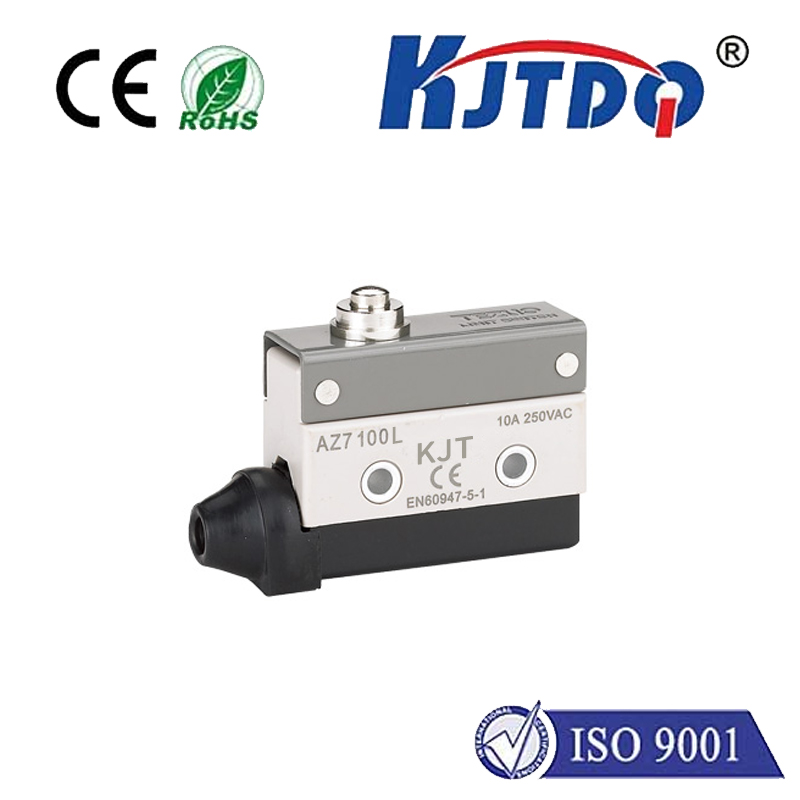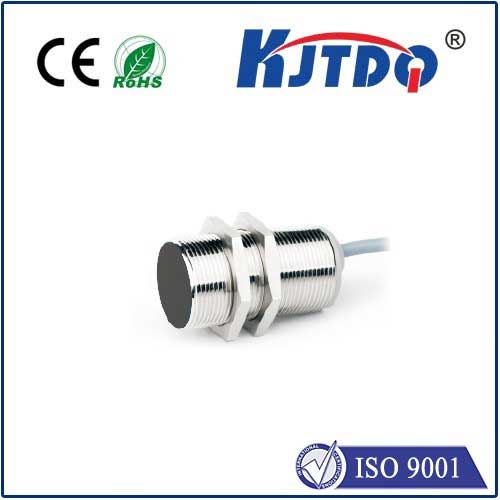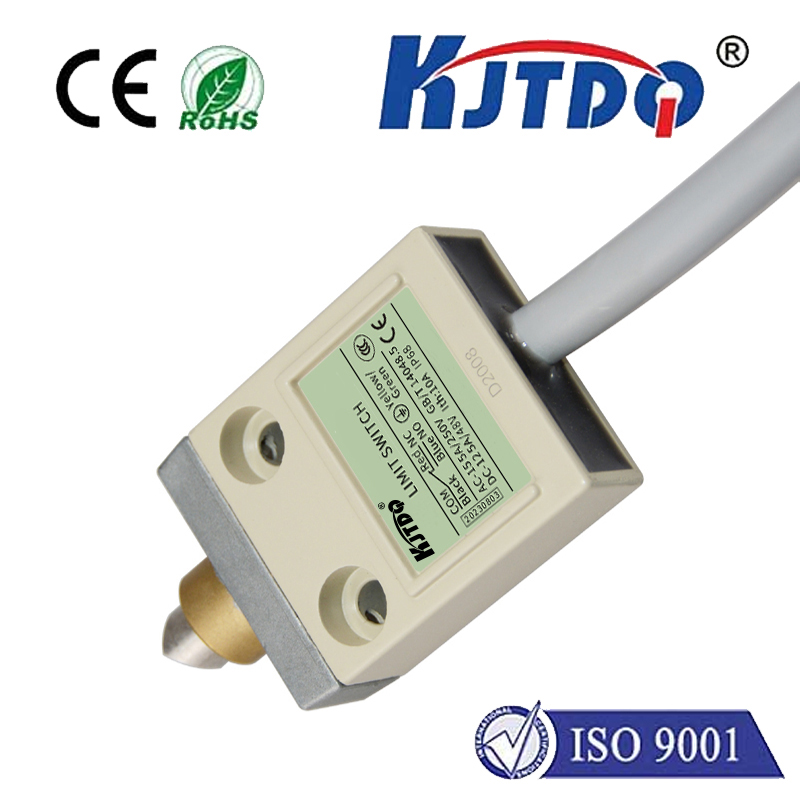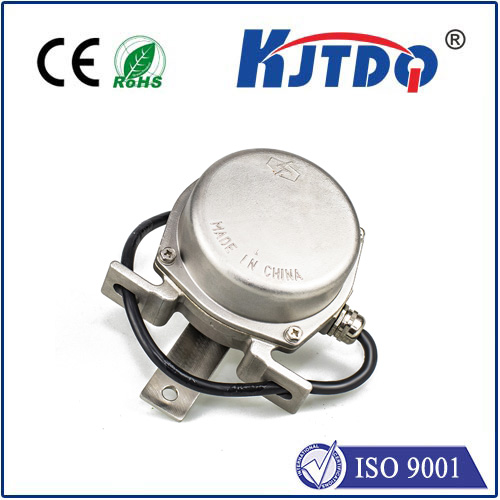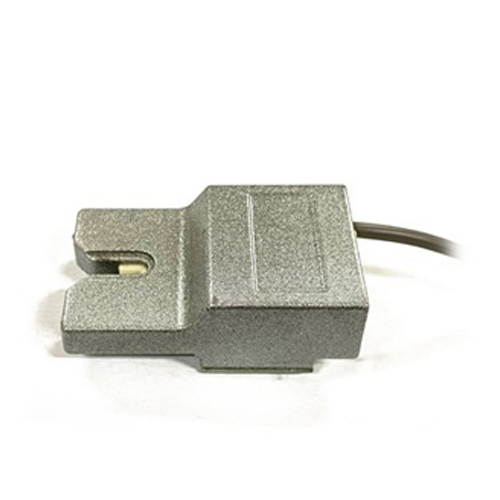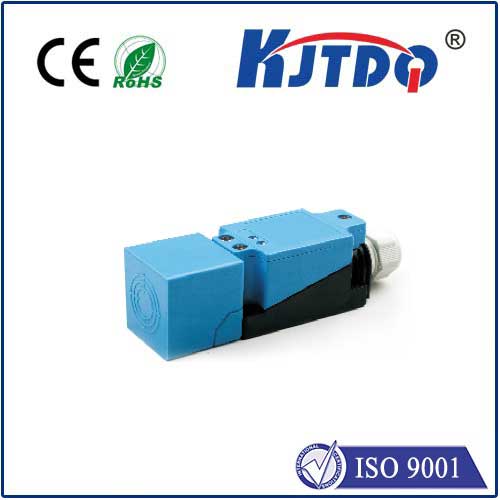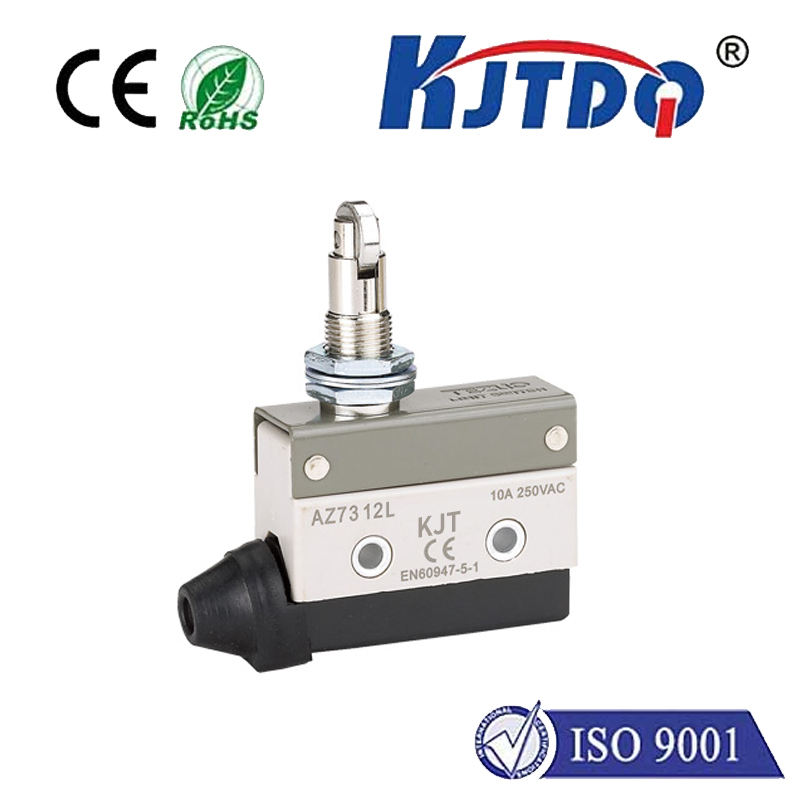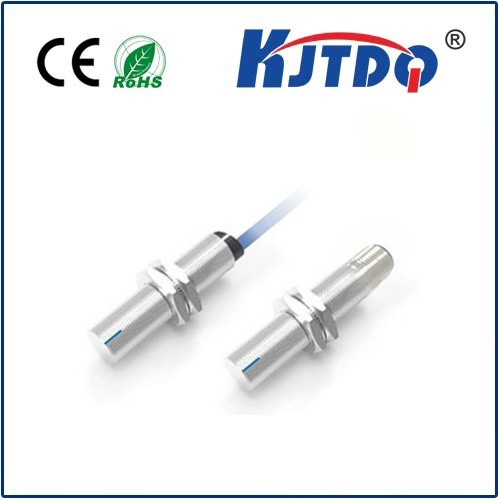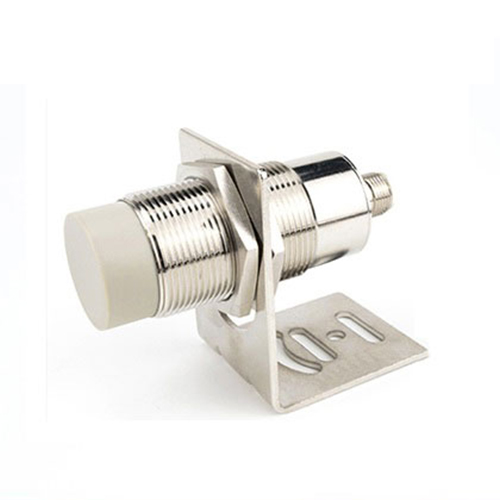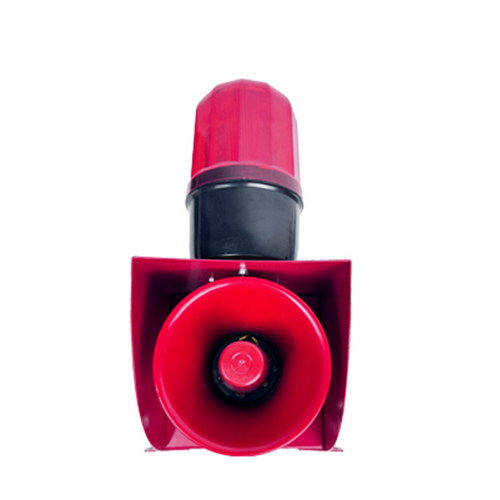

check

check

check

check

check

check

check

check

check

check
Title: Enhancing the Efficiency of Laser Photo Detection with Advanced Technology
Introduction
With the advancement of science and technology, laser photo detection has become an essential tool in various fields, including imaging, spectroscopy, and material analysis. The use of lasers in photodetection allows for high-speed, precise, and non-destructive measurements. In this article, we will discuss the importance of laser photo detectors, their working principle, and how advanced technology is enhancing their efficiency.
The Importance of Laser Photo Detectors
Laser photo detectors play a crucial role in various industries such as healthcare, defense, aerospace, automotive, and entertainment. These devices are used to measure the intensity and duration of light emitted by objects or substances. Some of the common applications include medical imaging, security surveillance, optical communication systems, and sports equipment testing.
Working Principle of Laser Photo Detectors

A laser photo detector works by converting a light source into electrical energy through a process called photoelectric effect. When a laser beam hits a material that emits light, it absorbs some of the photons and converts them into electricity. This voltage signal is then amplified and processed by the detector to provide accurate measurement results.
Key Features of Advanced Laser Photo Detectors
1. High Sensitivity: Advanced laser photo detectors offer high sensitivity compared to traditional sensors, allowing for better measurement accuracy and more precise data collection.
2. Fast Response Times: The use of advanced optics and processing algorithms significantly reduces the response time of laser photo detectors, enabling real-time monitoring and analysis.
3. Compact Design: Many modern laser photo detectors have a compact design, making them ideal for portable devices and applications where space is limited.
4. Non-Invasive: Laser photo detectors do not require contact with the object being measured, making them safe and non-invasive for use in various scenarios.
5. Multifunctional: Some advanced laser photo detectors can perform multiple functions, such as detecting color, temperature, and texture, making them versatile tools for multiple applications.
Enhancing Efficiency with Advanced Technology
Several advancements in technology are improving the efficiency of laser photo detectors. One such development is the incorporation of artificial intelligence (AI) algorithms into these devices. AI algorithms can analyze large amounts of data collected by laser photo detectors and identify patterns that human observers may miss. This helps in improving the accuracy and reliability of measurement results.
Another key improvement is the use of miniaturized components in laser photo detectors. By reducing the size of components, manufacturers can increase the number of sensors per device, leading to higher performance and improved efficiency. Additionally, the use of low-noise amplifiers and analog-to-digital converters has also contributed to enhanced sensitivity and faster response times.
Conclusion
Laser photo detectors have revolutionized the field of imaging and detection by providing high-speed, precise, andnon-destructivemeasurements. With advancements in technology, these devices are becoming even more efficient and versatile, paving the way for new applications in various industries. As research continues to progress, we can expect even more innovative solutions to emerge in the field of laser photo detection.
